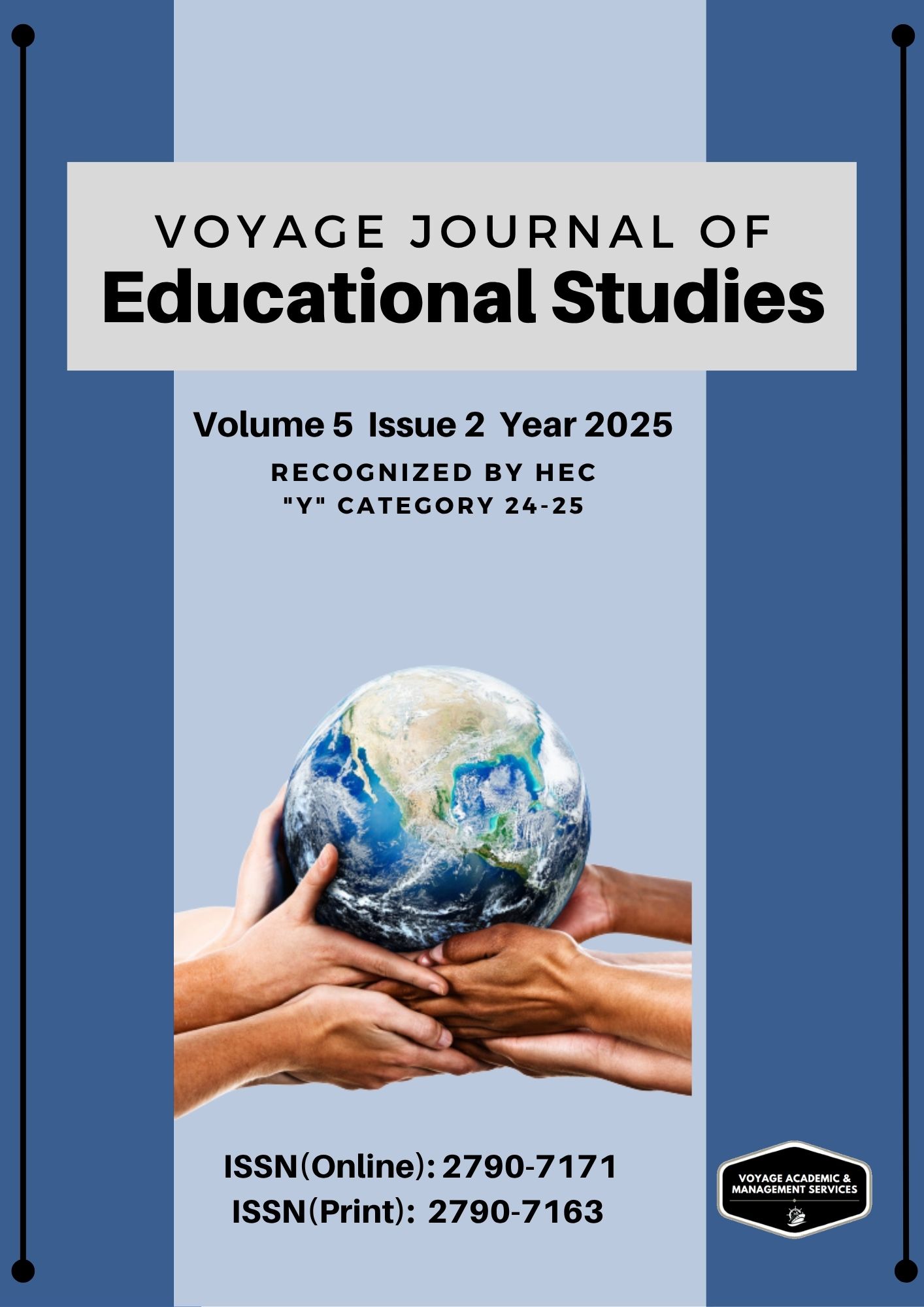Bridging the Gap: How Teaching Strategies and Institutional Support Drive Student Motivation in STEM
DOI:
https://doi.org/10.58622/0n6hq126Keywords:
STEM Education, Teaching Strategies, Institutional Support, Students’ engagement and motivationAbstract
This quantitative correlation survey was designed to explore the relationship between teachers’ effective STEM teaching strategies and institutional support for students’ engagement and motivation in public secondary schools of Quetta, a city of Balochistan. By employing a simple random sampling method, 300 science subject teachers were selected for data collection. A self-structured questionnaire based on three sections, including demographic, institutional support (9 items), and teaching strategies (18 items), was developed, which was found to have strong reliability on Cronbach’s alpha (.987). The data was analyzed quantitatively by using simple linear regression and one-way ANOVA. The result reveals that there is a significant positive relationship found between teaching strategies and institutional support for students’ engagement and motivation (R² = 0.414, p < .001). Further, gender disparity was significant for institutional support (p = .004) only. The study suggests that strong teaching strategies not only enhance institutional support but can also improve STEM education through collaboration efforts of stakeholders who can provide resources, investment, and opportunities for teacher training.









